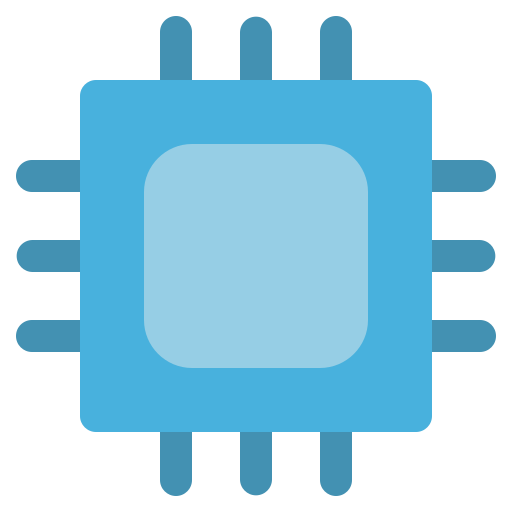

Right now in Iran, if you want to help someone get a vaguely optional surgery like let’s say a replacement knee, you have to bribe the doctors with literal gold.
What else can be expected?


Right now in Iran, if you want to help someone get a vaguely optional surgery like let’s say a replacement knee, you have to bribe the doctors with literal gold.
What else can be expected?


Oh ok, hmm I guess one could self deliver too.


I was just today writing about the importance of sending physical mail as a form of non-violent action compared to sending email. Paper mail implies that the sender cares more about the issue in question and also ensures a more personal touch with a greater literal presence if enough physical letters can be mailed. Ofcourse there is a trade off with it being less easy and requiring postage, it depends on the context. I guess it’s just no longer an option for people in Denmark.
https://commonslibrary.org/198-nonviolent-methods-upgraded/#Access_Spreadsheet


I think you would be right with any other government in America’s history, not sure if you are with the current regime.


Is the US really a dependable ally?


I want some on my knuckles so I can punch and chew at the same time.
I came here to chew bubble gum and punch Nazis, and I can do both those things with my hands.


deleted by creator


42441.67 powered on hours is really young for drive death, I normally don’t start seeing issues till 50k.
Is it making any audible sounds while running?
I haven’t read the smart data for Seagate in a while but the errors numbers look off and would like to see more details. Haveing errors in itself doesn’t mean much. Normally I look for Reallocated Sector Count, Seek Error Rate, and Uncorrectable Sector Count. But here it’s not telling the details like the types of errors.
Maybe try sudo smartctl -all /dev/sdd not sure if the -a you used is being interpreteded correctly?
I have kaldi auto updated with my preferred voice when ever there is a new release via obtainium.
I set kaldi as my tts engine, and I disabled the google TTS.
Then anytime I use TTS on my phone it uses kaldi.
Its been really great for my preferred eBook reader (Librera) so I can do chores and read at the same time.
Here is the repo for the piper I use, https://github.com/OHF-Voice/piper1-gpl
For my phone, I use this tts engine, https://k2-fsa.github.io/sherpa/onnx/tts/apk-engine.html


They could release the same 2025 number of GPUs and still not have enough to meet the 2026 demands. Nvidia has been not making enough to meet demand for a while now.
I like to alias this to |


Automagiclly


I’m of the idea of not buying new tech ever again, with some exceptions on use case and rarity.
Instead, i’m a proponent of only buying 2nd hand or business surplus.
These companies don’t deserve our money, and the average use case doesn’t require the latest and greatest.
man mount
You ever read the man pages for mount?
Total oposite experience for me.
Oh for sure, I’m not defending healthcare in the USA. Actually I think I’d rather bribe my doctor directly than to pay insurance and the be denied and then still pay out of pocket.
Although I forgot to mention you need to supply the parts for surgery of this kind and sourcing a prosthesis is a bit odd…might get lucky on alibaba.